Regisseur Wojtek Klemm hat mit Max Reinhardt Seminar Studierenden des dritten Jahrgangs ein Stück über das Showbusiness entwickelt. Killing of silent hopes wirft einen Blick auf die Schwierigkeiten des Schauspieler_innen-Lebens.
Sie sind jung. Sie sind elf an der Zahl. Sie studieren Schauspiel. Sie gehören zusammen. Sie stehen in Konkurrenz zueinander. Sie wollen auf die Bühne. Sie wollen gesehen werden. Sie haben Hoffnungen. Und diese sind nicht leise.
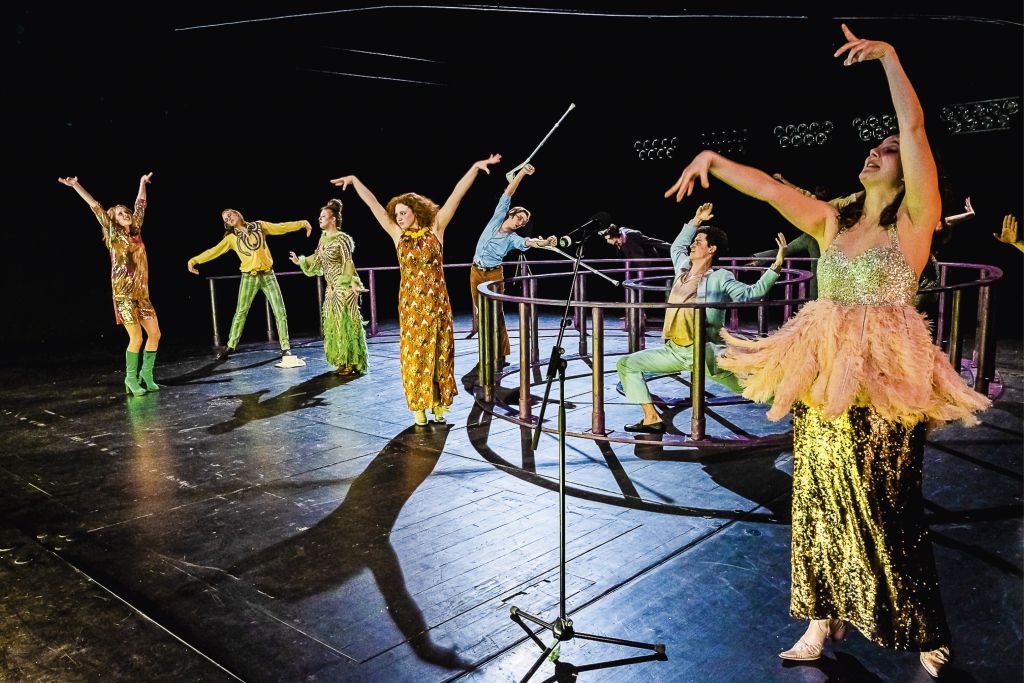
Killing of silent hopes heißt das Theaterprojekt des dritten Jahrgangs der Schauspielstudierenden am Max Reinhardt Seminar. Es ist die erste Jahrgangsproduktion seit Langem. Die Student_innen selbst haben der Stückentwicklung unter der Regie von Wojtek Klemm den Titel gegeben, und er ist als Ansage zu verstehen nach einem Jahr, in dem ein Lockdown den nächsten ablöste. „Vielleicht spüren die Studierenden, dass in dieser Situation leise Hoffnungen keinen Platz haben, sondern dass sie laut sein müssen“, sagt Klemm im Gespräch mit dem mdw-Magazin an einem verregneten Probentag im leeren Max Reinhardt Seminar.
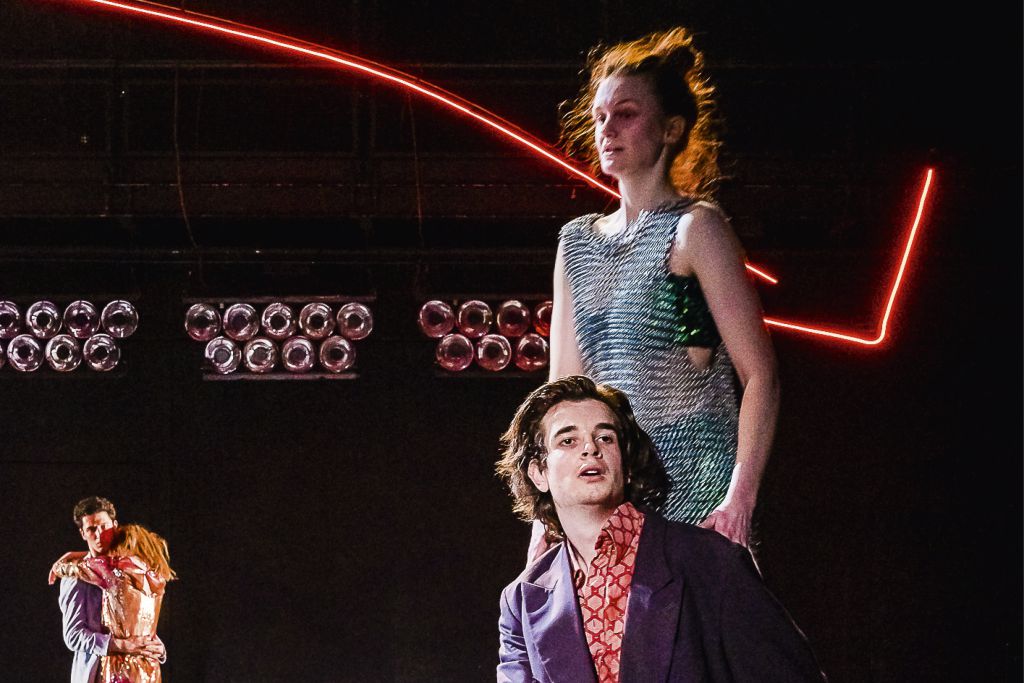
Der deutsch-polnische Regisseur, der von 2007 bis 2009 in Polen das Norwid-Theater leitete und an renommierten Häusern wie dem Deutschen Theater und der Volksbühne in Berlin, dem Schauspiel Stuttgart sowie dem Theater Neumarkt in Zürich arbeitet, ist bekannt für seine durchchoreografierten und körperorientierten Abende. Auch dieses Mal hat er eine Choreografin an seine Seite geholt.
Obwohl nicht vor Publikum gespielt werden darf und die Uraufführung nur als Geisterpremiere stattfinden kann, spürt man die überbordende Energie des gesamten Teams während der Endproben. „Wir sind alle sehr dankbar, dass wir arbeiten dürfen“, beschreibt es die Choreografin Salome Schneebeli. Und diese Freude spürt man.
Die Schauspielstudierenden schillern und glänzen. In Paillettenkleidern, spitzen Schuhen, Cowboyhüten, Schlaghosen und Tutus aus rosa Federn (Kostüm: Denise Leisentritt) treten die elf Elevinnen und Eleven des dritten Jahrgangs auf die dunkle Bühne im Max Reinhardt Seminar und beginnen zu tanzen. Jeder hat seine eigene Bewegungssequenz, seinen eigenen Move zum harten Technobeat (Musik: Benno Hiti), der aus den Lautsprechern dröhnt. „Für alle, die neu sind hier: Das hier geht rund um die Uhr weiter und weiter und weiter“, ruft ein Showmaster ins Mikrofon. Deshalb gibt es „Gratis-Aspirin für alle“. Wer schlappmacht, hat verloren. Es gilt das Motto: Tanzen bis zum Umfallen.
Den sehr losen Handlungsbogen der Stückentwicklung liefert Sydney Pollacks Tanzdrama Nur Pferden gibt man den Gnadenschuss (im Original: They Shoot Horses, Don’t They?) aus dem Jahr 1969. Schauplatz des Films ist ein Tanzmarathon während der Weltwirtschaftskrise in den 1930er Jahren. Das Paar, das bis zum Ende durchhält, gewinnt ein Preisgeld, aber viele sind gar nicht gekommen, um zu gewinnen, sondern weil sie während des Wettbewerbs kostenlos verpflegt werden. Getanzt wird, bis physisch und psychisch nichts mehr geht.
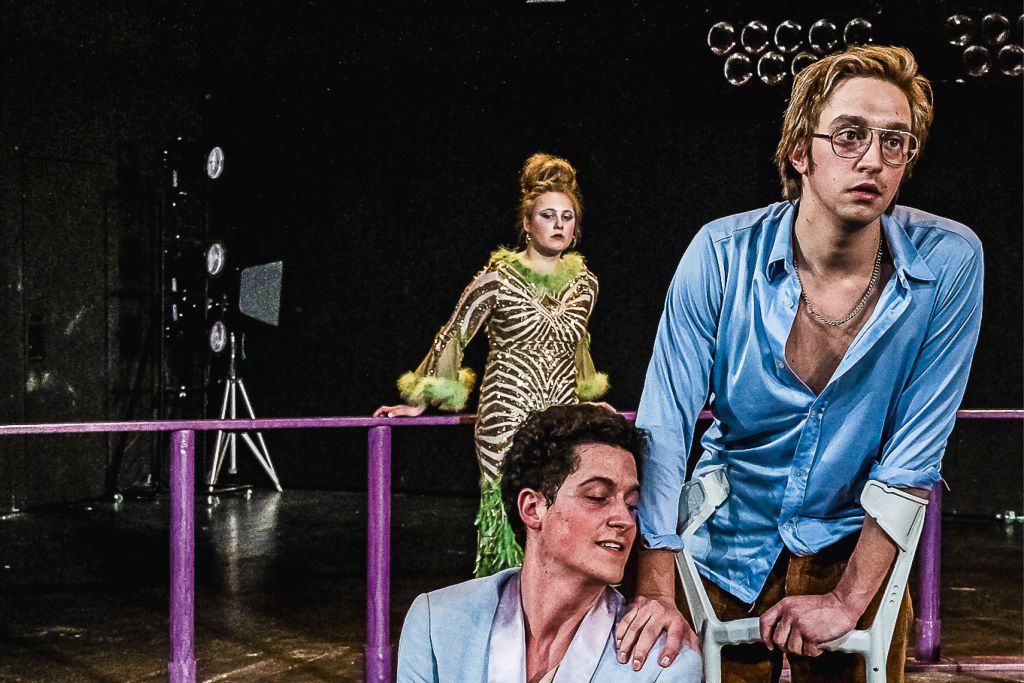
Wenn man im Jahr 2021 Theater macht, kommt man an der Krise nicht vorbei, deshalb erscheint die Wahl passend. Für Klemm geht es dennoch primär um etwas anderes: „Die Setzung von Nur Pferden gibt man den Gnadenschuss ist wie ein Schauspieler-Leben: Man tritt an, wird gecastet, ausgewählt und am Ende bleibt trotzdem nur einer übrig.“
Während Pollacks Tanzdrama für den Anfang und das Ende der Jahrgangsproduktion Pate steht, liefern verschiedene Szenen aus Filmen von John Cassavetes die Nummern dazwischen. „Wir haben den Studierenden eine große Filmliste gegeben, und sie haben die Filme geguckt und Szenen ausgesucht, komplett ohne unseren Einfluss. Aus diesen Szenen bauen wir einen Abend“, beschreibt Klemm die Stückentwicklung. Cassavetes gilt mit Filmen wie Faces oder A Woman Under The Influence als Wegbereiter für den amerikanischen Independentfilm. Der Drehbuchautor und Regisseur stellte das Spiel mit den Schauspieler_innen über das hollywoodübliche Storytelling.
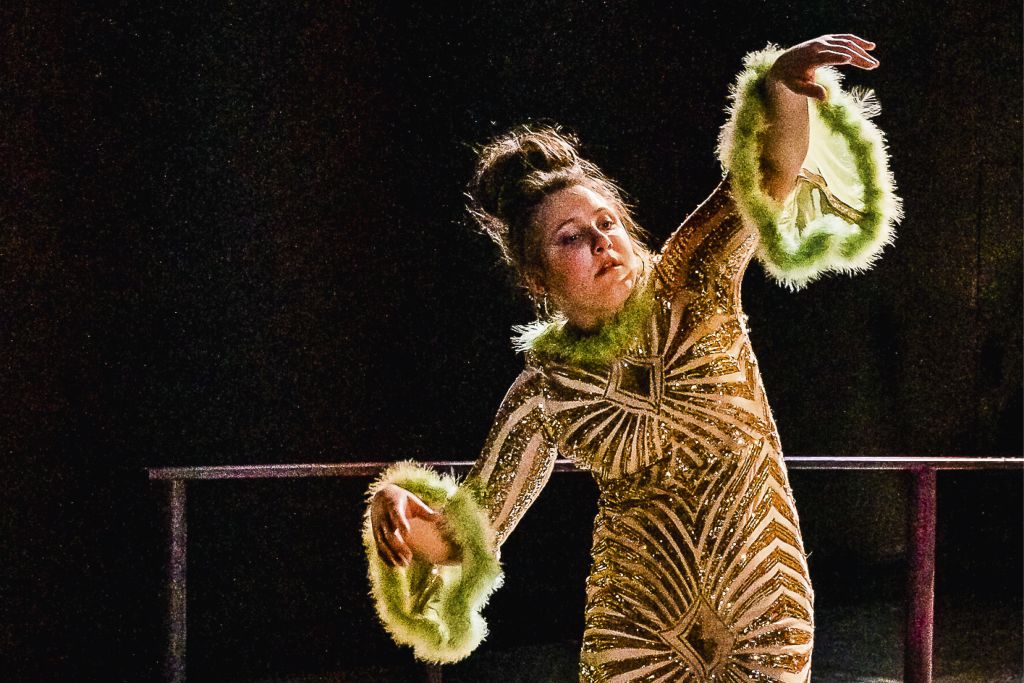
Wer Schauspiel studiert, muss sich zeigen. „Wir erzählen eine Geschichte von Körpern, die auf den Markt geworfen werden“, fasst es Klemm zusammen. „Und das passt zu den Studierenden, die sich dem nächsten Jahr plötzlich stellen müssen.“ Im vierten Studienjahr findet das Absolvent_innen-Vorspiel statt, bei dem entschieden wird, für wen es wohin (weiter-)geht. Welche Theaterhäuser interessieren sich für wen? Und wer wird leer ausgehen? So viele Hoffnungen und Ängste stecken in dieser Ausbildung, in diesem Beruf, und sie alle schwingen in Killing of silent hopes mit. Wir sehen erschütterte Körper, die geliebt werden wollen und es ertragen müssen, auf der Bühne geschlagen zu werden. Sie sind „auf der Suche nach einer Rolle, in der Alter keine Rolle spielt“, sie stehen vor verschlossenen Türen, sehnen sich nach Berührung und verhandeln Gagen. „Ich will keine große Szene, aber eine kleine“, heißt es etwa an einer Stelle. Einer Schauspielerin wird gesagt, dass sie früher großartig gewesen sei, nun aber nur noch gewöhnlich. Und dann seufzt einer: „Ich bin einzigartig auf meine Weise. Aber wer wird ausgebuht, wenn etwas schiefläuft? Und wer kriegt den Applaus?“
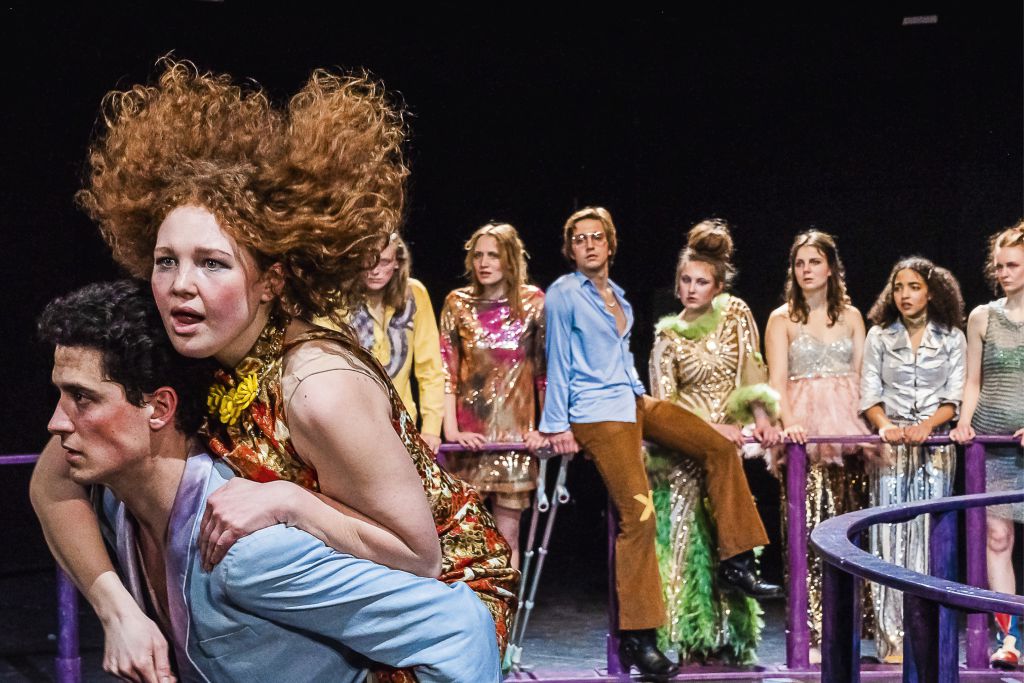
In Zusammenarbeit mit der Choreografin Salome Schneebeli ist ein sehr physischer Raum entstanden, in dem die Körper der Schauspieler_innen angespannt sind und niemals stillstehen. „Der Körper der Schauspielerin, des Schauspielers muss in Bewegung sein und heiß laufen, damit er überhaupt sprechen kann. Choreografie ist eben nicht eine Tanznummer, sondern der ganze Abend ist über die Bewegung der Körper gebaut“, so Klemm. Sogar das Bühnenbild scheint in Bewegung zu sein. Die dafür verantwortliche Lea Steinhilber hat eine violette Spirale aus Holz mitten aufs Parkett gestellt. Aus der gibt es zunächst kein Entkommen, unüberwindbar steuert man auf ihre Mitte zu, doch dann ergeben sich neue Möglichkeiten. Die Spieler_innen schlüpfen zwischen dem Geländer, das die Spirale stützt, hindurch oder sie springen drüber. Sie suchen kreative Auswege. Denn: The show must go on.

